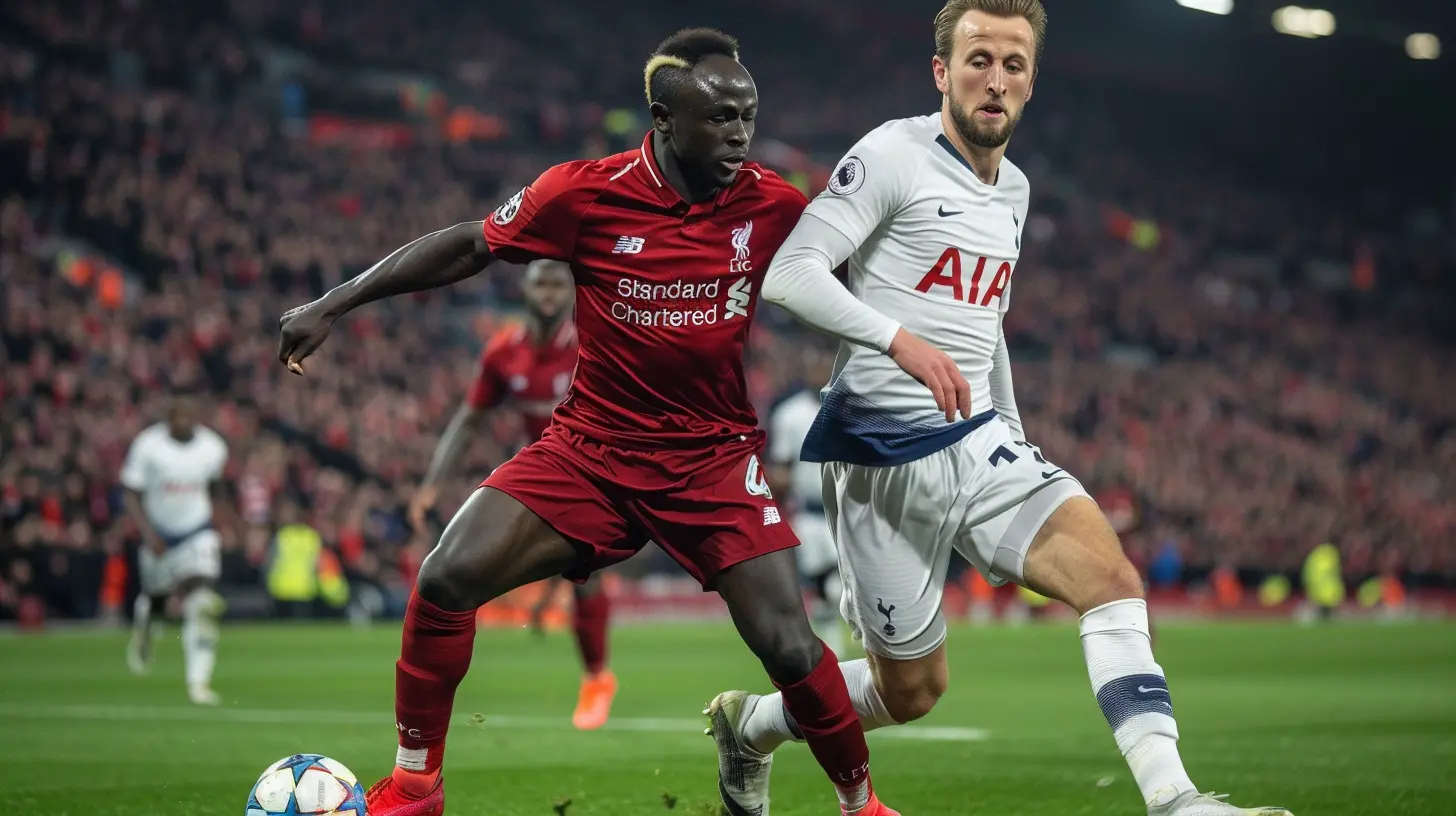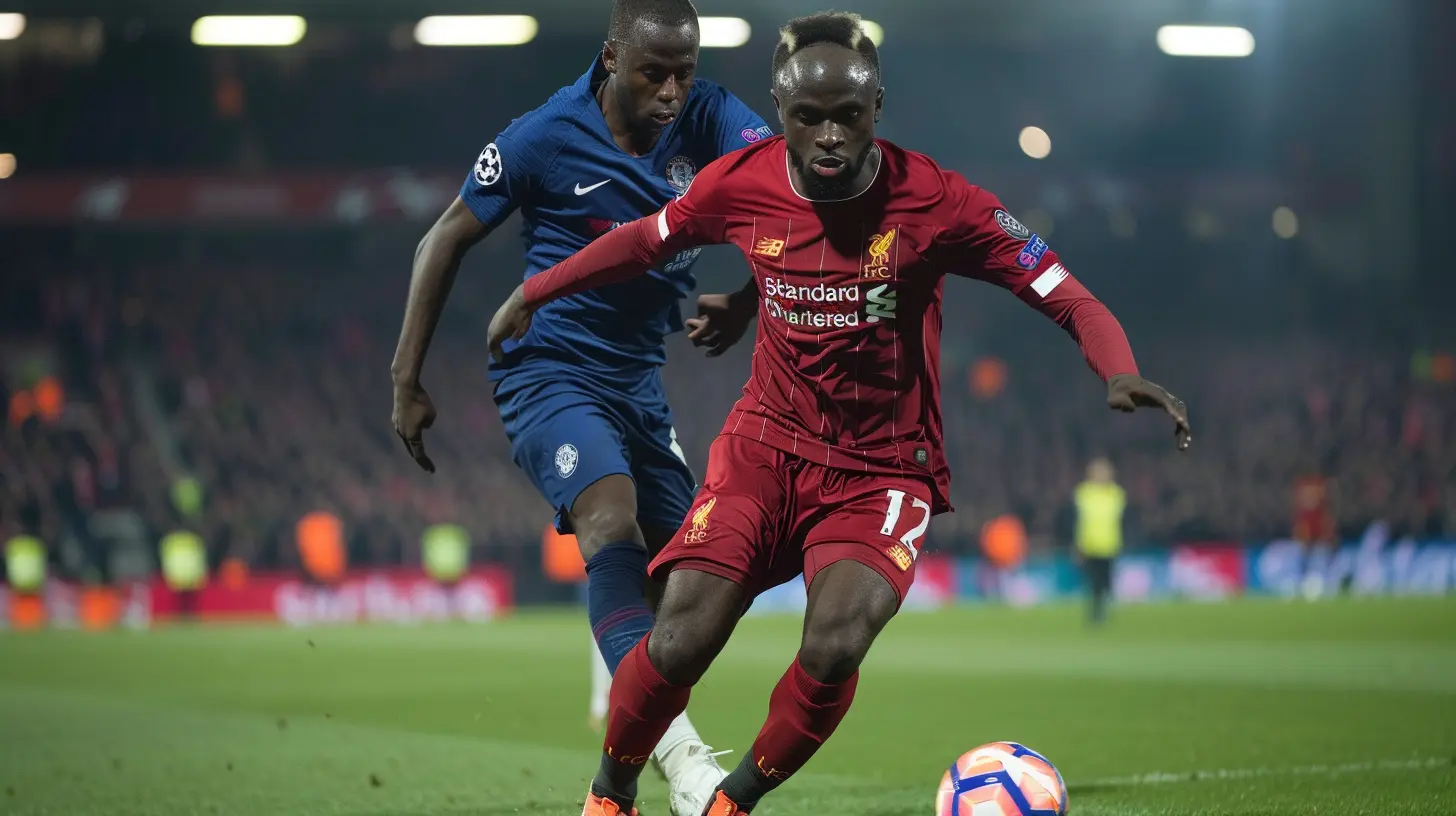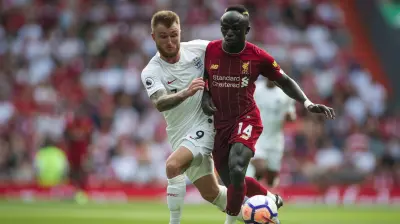Tactical Battle: How Both Teams Fought for Control
18 November 2025
Football isn’t just a game of skill and athleticism—it’s a chess match played at full speed. Every match is a battle for control, where both teams try to impose their will on the opposition. From pressing high up the pitch to sitting deep and counterattacking, tactical setups can make or break a game.
In this article, we’ll break down how both teams fought for control in a high-stakes football match, analyzing formations, pressing strategies, key player roles, and substitutions that turned the tide. 
The Tactical Approaches of Both Teams
Team A’s Strategy: Dominating Possession and Controlling the Tempo
Team A came into the game with a clear plan: control the ball, dictate the tempo, and force the opposition to chase. They set up in a 4-3-3 formation, focusing on short, quick passes to progress up the field.- Midfield Control: The three central midfielders rotated positions, ensuring they always had passing options. One midfielder stayed deeper as a pivot, while the other two pushed forward to create numerical superiority.
- High Pressing: Off the ball, Team A pressed aggressively in the opponent’s half, forcing mistakes and limiting their ability to build from the back.
- Overlapping Full-Backs: The full-backs pushed high, creating width and allowing the wingers to drift inside and overload central areas.
Their approach was all about patience—move the ball, tire the opponent out, and wait for the perfect opening. But tactics always require adjustments based on the opposition’s response.
Team B’s Strategy: Defensive Solidity and Deadly Transitions
Unlike Team A, Team B wasn’t interested in controlling possession. Instead, they focused on a compact defensive shape, staying disciplined at the back and looking to hit on the counter.- 5-3-2 Formation: They deployed three central defenders and two wing-backs, ensuring defensive solidity while still offering width on the break.
- Midfield Shield: The three-man midfield stayed compact, cutting off passing lanes and frustrating the opposition attackers.
- Counterattack Prowess: With two quick strikers up front, they relied on turnovers to spring forward in devastating fashion, exposing Team A’s high defensive line.
Their strategy was all about patience—absorb pressure, wait for mistakes, and then strike with precision. 
Battle of Pressing Tactics: Who Had the Edge?
Team A's High Press: A Risky but Rewarding Strategy
Pressing high up the pitch is a bold move. Team A constantly closed down opponents in their half, hoping to force errors and capitalize on mistakes.- Strengths: It suffocated Team B’s build-up play and forced them to go long, which played into Team A’s strengths in aerial duels.
- Weaknesses: A well-organized press requires perfect coordination—one mistimed press, and the opponent could exploit the space behind.
For all its control, Team A’s press left them vulnerable to quick transitions, something Team B was waiting to exploit.
Team B’s Deep Block: Absorb and Strike
Instead of pressing aggressively, Team B opted for a structured defensive shape, sitting deep and denying space between the lines.- Strengths: It frustrated Team A, forcing them into sideways passes with little penetration.
- Weaknesses: It invited pressure, and one defensive lapse could lead to conceding a goal.
But with rapid wingers and a clinical striker waiting, Team B had the perfect tools to flip defense into attack in seconds. 
Key Players Who Influenced the Battle
Team A’s Playmaker: The Midfield Maestro
Every team needs a leader in midfield—a player who dictates the tempo and serves as the heartbeat of the team. Team A’s playmaker controlled the game with precise passing and intelligent movement.- Vision and Passing: Accurately switching play and threading passes through tight spaces.
- Press Resistance: Calm under pressure, always finding a way to escape tight marking.
- Link-Up Play: Creating triangles and combining with teammates to break down the opposition.
But dictating play means nothing if the final ball isn’t decisive.
Team B’s Defensive Rock: The Last Line of Defense
For Team B, the center-back wasn’t just a defender—he was a warrior. Facing waves of attacks, he had to stay alert at all times.- Positioning: Always in the right place to cut out through balls and block shots.
- Aerial Dominance: Winning every aerial duel against the opposition’s forwards.
- Leadership: Organizing the backline and keeping the team disciplined.
Without his composure and leadership, the defensive setup would have crumbled under pressure. 
Crucial Tactical Adjustments and Substitutions
Team A’s Tactical Shift: Adding an Extra Attacker
In the second half, Team A realized they needed something different to break down Team B's defense. The manager brought on an extra attacker, switching to a more aggressive 4-2-4 setup.- More attacking options: With two strikers, they had more presence in the box for crosses and cutbacks.
- Quicker transitions: Instead of slow buildup, they moved the ball faster to catch Team B’s defense off guard.
The change led to more chances, but it also left space at the back—a dangerous gamble.
Team B’s Counter Move: Reinforcing the Midfield
Sensing the attacking push from Team A, Team B’s coach responded by bringing on an extra midfielder, shifting to a 5-4-1 setup for even more defensive stability.- Less space for attackers: The extra midfielder cut off passing lanes, making it even harder for Team A to break through.
- Better ball retention: Instead of aimless clearances, they kept the ball better to relieve pressure.
The tactical chess match continued, with each side adjusting to the other’s moves.
Who Won the Battle for Control?
In the end, possession alone doesn’t always win games. Team A may have dominated the ball, but Team B’s well-drilled defense and counterattacking threat posed serious problems.- If Team A scored early, the game would’ve been entirely different. With a lead, their possession game could have carved open more spaces as Team B pushed forward.
- If Team B had a clinical finisher, their counterattacks could have sealed the game earlier.
It was a tactical battle where control shifted back and forth. Neither team had complete dominance, but both had moments where their game plan worked to perfection.
Final Thoughts
Football is a game of fine margins. No matter how well a team prepares, the smallest adjustments, an individual mistake, or a moment of brilliance can change everything. This match was a prime example of how two contrasting styles—possession-based control vs. defensive solidity and counters—can create an enthralling tactical contest.The biggest lesson? Control isn’t just about possession. It's about knowing when to attack, when to defend, and when to adapt. Because in football, the smartest team—not just the strongest—wins the war.
all images in this post were generated using AI tools
Category:
Match HighlightsAuthor:

Everett Davis

